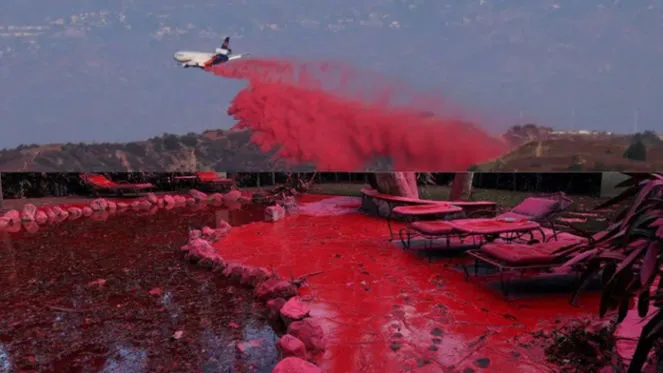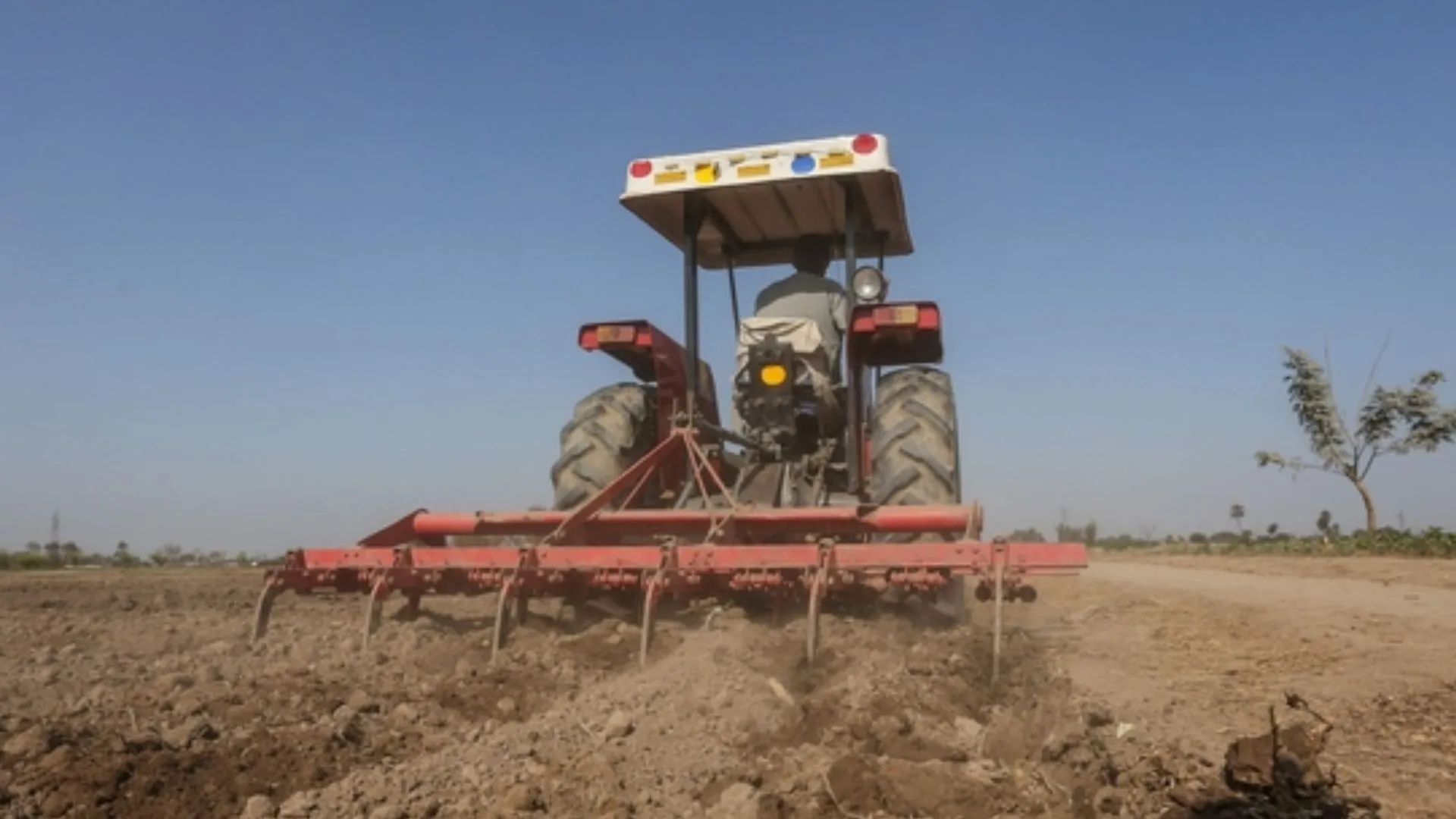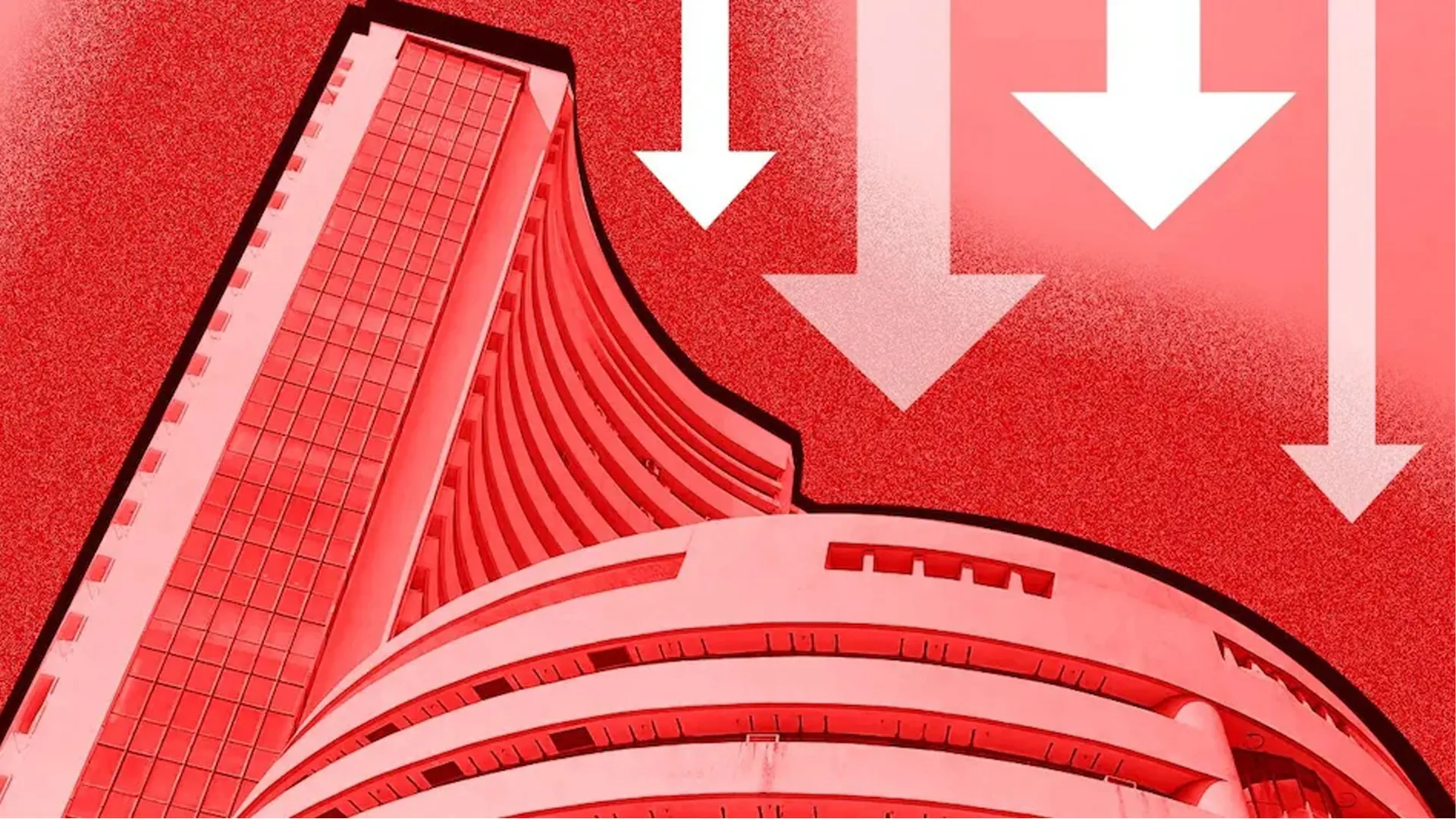As wildfires ravage southern California, crews have been dropping bright red and pink fire retardant over Los Angeles suburbs. The vivid substance, Phos-Chek, has become common in the area, coating vehicles, rooftops, and driveways. Officials confirmed that thousands of gallons were used last week to control the spread of fires.
What is Phos-Chek?
Phos-Chek, produced by Perimeter, is the primary fire retardant in California. It has been in use since 1963 and is the most widely used in the world. The chemical helps stop wildfires by coating vegetation and land. It cools the area, depletes oxygen, and slows combustion.
Phos-Chek Composition
The retardant consists of 80% water, 14% fertilizer-like salts, and 6% coloring agents and corrosion inhibitors. The bright color makes it easier for pilots and firefighters to track its application. Over time, the color fades to earth tones after exposure to sunlight.
Perimeter advises cleaning the substance off surfaces as soon as it is safe. The longer the powder dries, the harder it is to remove. For smaller areas, use warm water and mild detergent. Pressure washers are recommended for larger surfaces.
Environmental Impact and Controversy
Phos-Chek has faced criticism for its environmental effects. A 2022 lawsuit accused the Forest Service of violating clean water laws by using the chemical, which allegedly harms fish. Although the judge ruled in favor of the Forest Service, the agency must seek permission from the EPA to continue its use. Many communities, like Paradise, California, argue that fire retardants are crucial to protecting lives during wildfires.
Retardant Formula Changes
In response to concerns, the U.S. Forest Service switched from the Phos-Chek LC95 formula to MVP-Fx, a less toxic option for wildlife. The agency also bans the use of retardants in sensitive environmental areas, such as waterways or endangered species habitats, unless public safety is threatened.






















